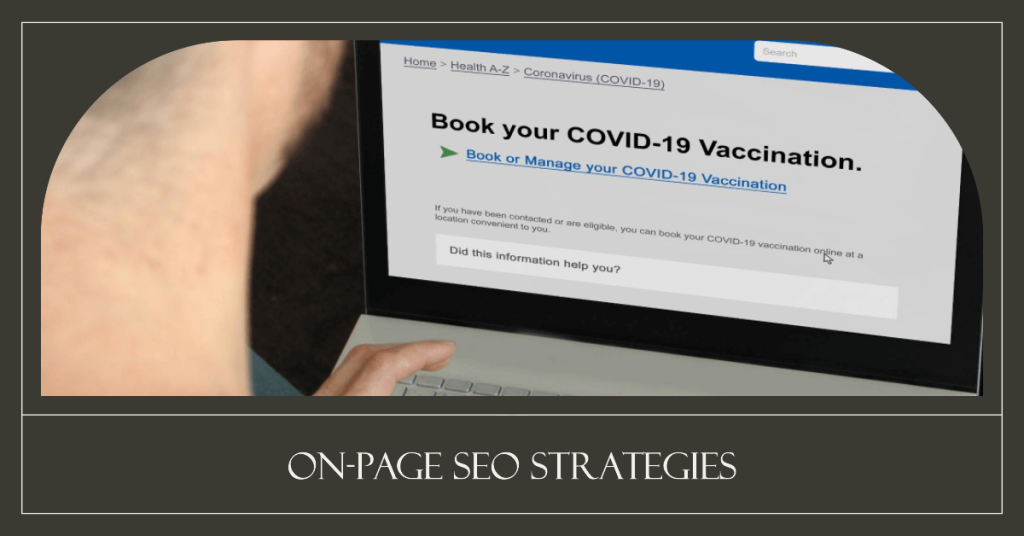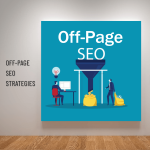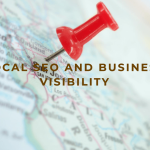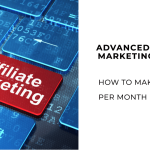Table of Contents
Introduction
Search Engine Optimization (SEO) is a powerful tool for improving your website's visibility and attracting organic traffic. In this comprehensive guide, we will explore the holistic approach to SEO, focusing on on-page SEO and content optimization techniques. By following best practices and leveraging AI tools, you can improve your website's search ranking and overall performance.
The Holistic Approach to SEO
SEO is not just about ranking high in search results. It involves practices that make your website accessible, user-friendly, and easily indexed by search engines. By optimizing your website's structure, ensuring proper code implementation, and providing a great user experience, you will comply with search engine guidelines and create an outstanding digital presence.
The Relationship Between On-Page SEO and Rankings
On-page SEO refers to the optimization techniques that are applied directly to your website's pages. By implementing strategies such as keyword research, content formatting, internal linking, and meta tag optimization, you can improve your search rankings. Let's explore a case study that illustrates the impact of successful on-page SEO on rankings.
Case Study: Ranking Success with On-Page SEO
An Ottawa-based web design and development company achieved notable ranking success through on-page SEO. By focusing on optimizing the content and structure of their website, they secured high rankings for keywords such as “WordPress developer Ottawa” and “Web design Ottawa.” These successes demonstrate the power of on-page SEO to boost search rankings without extensive backlinking efforts.
The Role of Keyword Research
Keyword research is crucial for understanding user intent and aligning your content with relevant search queries. Conduct effective keyword research using tools like Google Autocomplete and keyword research tools such as KeySearch or Moz. Select target keywords with moderate difficulty and reasonable search volumes, and incorporate them strategically throughout your content.

Content Optimization Process
Optimizing your content is essential for improving search rankings and user engagement. Follow this step-by-step process:
- Create engaging and informative content that addresses your target audience's needs and provides unique insights.
- Optimize title tags by including target keywords near the beginning to signal their importance to search engines.
- Use heading tags (H1, H2, etc.) to structure your content, and include relevant keywords to enhance readability and search engine understanding.
- Create descriptive meta tags that accurately summarize your content using target keywords.
- Integrate target keywords naturally throughout your content, including the introduction, subheadings, body paragraphs, and conclusion.
- Include internal and external links to improve navigation, provide context, and enhance the credibility of your content.
- Add descriptive alt text to images, ensuring relevance to the content and including target keywords when appropriate.
- Format your content for readability by using clear headings, concise paragraphs, bullet points, and numbered lists. Optimize your site for mobile devices and fast loading speeds to enhance the user experience.
- Monitor the performance of your content, analyze user engagement metrics, and make updates to maintain relevance and effectiveness.
By following these steps, you can enhance your content optimization, improve search rankings, and generate more organic traffic to your website.
Understanding Content to Keyword Mapping
To optimize your content effectively, it's crucial to map your content to keywords that align with your target audience's search intent. Start with a seed keyword and expand it into long-tail keywords, that offer better opportunities for ranking. Ensure relevance and balance between your content and the long-tail keywords you choose. Create dedicated pages on your website that align with the long-tail keywords and blog post titles to improve the overall SEO performance of your website.
Measuring On-Page SEO Metrics
Monitoring various metrics is essential to gauge the effectiveness of your on-page SEO efforts. Key metrics to measure include content grading, word vector scores, search volume, SEO difficulty, external links, and Google ranking. Assign custom importance metrics to prioritize specific changes or optimizations for each article, enabling targeted improvements.
Implementing On-Page SEO Strategies
After gathering data and identifying areas for improvement, implement on-page SEO strategies:
- Optimize your content for readability, grammar, and keyword integration, to make it engaging and informative.
- Focus on acquiring high-quality backlinks from relevant and authoritative websites to boost your content's credibility and ranking potential.
- Create internal links within your website to guide users and search engine crawlers to relevant content, improving website navigation and visibility.
- Promote your content through various channels like social media, email newsletters, and guest posting to increase visibility, organic traffic, and potential backlink opportunities.
- Regularly update and maintain your content to ensure relevance and alignment with search trends, conducting audits and making necessary improvements.
Leveraging AI for Content Creation and Optimization
Artificial intelligence (AI) tools can streamline and enhance your content creation and optimization processes:
- Use AI-powered content creation tools to generate outlines and first drafts of articles, providing topic coverage and keyword suggestions.
- Refine and optimize AI-generated content by adding contextual keywords, improving readability, and ensuring accuracy.
- Combine AI-generated content with your own writing, leveraging AI to improve content grading and word vector scores while adding expertise and authenticity.
- Measure the performance of AI-generated content by comparing it with your own writing, analyzing metrics to determine the most effective approach.
Conclusion
Optimizing your website's on-page SEO and content is crucial for achieving better search rankings and attracting organic traffic. By following this comprehensive guide to SEO, you can improve your website's visibility, credibility, and overall performance. Adopt these strategies, adapt to evolving search engine algorithms, and continually refine your SEO efforts to stay ahead in the competitive digital landscape.
Frequently Asked Questions
1. What is on-page SEO and why is it important?
On-page SEO involves optimizing your website's pages to improve search engine visibility. It's important because it helps search engines understand and rank your content effectively, leading to increased visibility and organic traffic.
2. How can I optimize my content for on-page SEO?
Optimize your content by conducting keyword research, using relevant keywords naturally, structuring content with headings, writing compelling meta tags, incorporating internal links, and optimizing image alt text.
3. What are the key elements of on-page SEO?
Key elements of on-page SEO include keyword research, content optimization, proper use of headings, meta tags and descriptions, and internal and external linking.
4. Is keyword research necessary for on-page SEO?
Yes, keyword research is essential for on-page SEO as it helps identify relevant terms and phrases users search for. Incorporate these keywords strategically into your content for better optimization.
5. How can I measure the success of my on-page SEO efforts?
Measure success through search engine rankings, organic traffic, user engagement metrics, conversion rates, and monitoring backlinks to assess the impact of your on-page SEO strategies.









